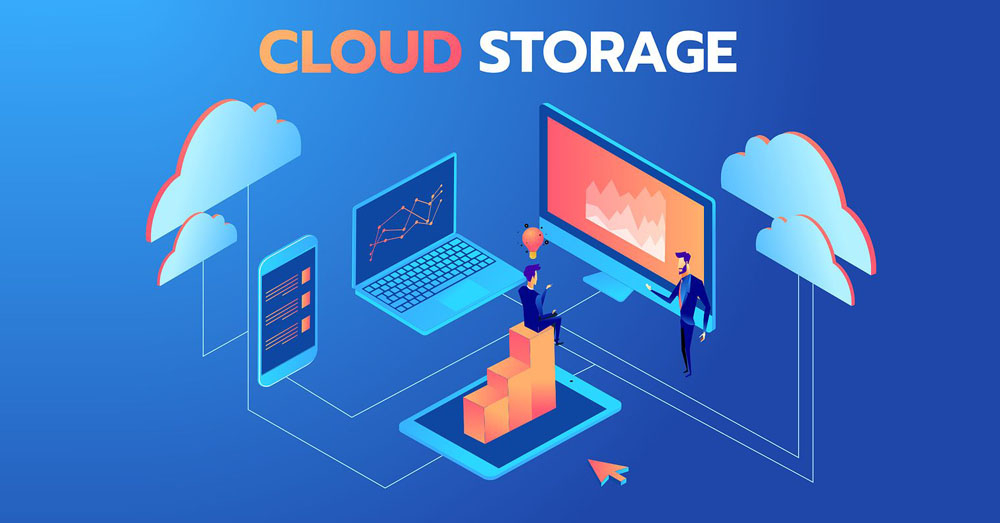Building Serverless Applications on AWS
This is a subtitle for your new post
The software development world has been buzzing with the term “serverless” for some time now. Initially, the idea of building applications without worrying about server infrastructure felt almost surreal. But as cloud technologies have matured, serverless architecture has moved from being just a concept to a tangible reality, offering significant benefits to developers and businesses. Among the cloud giants, Amazon Web Services (AWS) has led the charge, providing a robust suite of tools that have made serverless applications not just feasible, but also efficient. In this article, let's take an extensive exploration into the world of serverless on AWS.
The Serverless Revolution on AWS
At its core, serverless computing revolves around a simple idea: developers focus solely on the code, while the underlying infrastructure, scaling, patching, and administrative tasks are managed by the cloud provider. In AWS's serverless model, you only pay for the compute time you consume. If your code isn't running, you aren't charged.
AWS Lambda: Breathing Life into Serverless
Lambda is the heart of serverless computing on AWS. Think of it as a compute service where you can run code in response to specific events. For instance, imagine a user uploading a photo to an S3 bucket, which then triggers a Lambda function to resize the image.
Crafting a Lambda Function
- Language Selection: AWS Lambda isn’t picky about languages. Whether you’re comfortable with Python, Node.js, Java, Go, or even PowerShell, Lambda has got you covered.
- Dependencies and Bundling: If your Lambda function leans on external libraries or modules, you'll need to include these in your deployment package. AWS provides a neat environment where you can bundle your code and its dependencies.
- Deployment: Once your function is ready, along with its dependencies, you can upload it directly through the AWS Management Console, or better yet, use frameworks like the Serverless Framework or AWS SAM for more complex applications.
- Event Sources: Lambda is all about responding to events. These can range from HTTP requests via API Gateway, changes in data within an S3 bucket, updates to a DynamoDB table, or even direct invocations using the SDK.
API Gateway: The Interface to Your Serverless Backend
Many serverless applications are built as microservices, meaning they expose RESTful endpoints for front-end applications to consume. Enter API Gateway, a fully managed AWS service that makes it a breeze to create, publish, and secure APIs for Lambda functions.
When setting up an API Gateway:
- Design your API: Lay out resources, define HTTP methods, and specify query parameters and headers.
- Connect to Lambda: Each API endpoint can be seamlessly connected to a Lambda function. This ensures that when a specific endpoint is hit, the corresponding function gets executed.
- Deployment: Like most parts of software development, you'll have stages (dev, test, prod). API Gateway allows you to manage these stages and deploy your APIs to them.
DynamoDB: Data Management, The Serverless Way
While Lambda and API Gateway handle computation and interface aspects, DynamoDB takes care of data storage in the serverless ecosystem. It’s a managed NoSQL database service that provides fast and predictable performance with seamless scalability.
- Table Creation: In DynamoDB, data is stored in tables. When setting up a table, all you need to specify are the primary key attributes. The rest, be it data retrieval or write performance, is handled by DynamoDB.
- Data Streams: One of DynamoDB's standout features is DynamoDB Streams. These capture table activity (like CRUD operations), allowing other services, such as Lambda, to process and act upon the data changes.
- Backup and Restore: Data integrity and backup are pivotal. DynamoDB offers on-demand backup capabilities, ensuring that your data remains secure and retrievable.
Beyond the Basics: Advanced Serverless Tools on AWS
AWS's serverless ecosystem is vast. Tools like the AWS Serverless Application Model (SAM) help in defining, deploying, and managing serverless applications. Meanwhile, Amazon CloudWatch gives granular insights into function executions, API calls, and database operations.
AWS also provides Step Functions, allowing you to coordinate multiple AWS services into serverless workflows. This way, you can build complex applications by stitching together multiple Lambda functions into a coherent whole.
Final Thoughts...
Building serverless applications on AWS can feel like navigating through a vast ocean given the depth and breadth of services on offer. However, with a methodical approach and a focus on understanding the core serverless components – Lambda, API Gateway, and DynamoDB – you can lay a solid foundation. From there, AWS's expansive suite of complementary tools and services can be leveraged to fine-tune, optimize, and expand your serverless applications. As with any technology journey, the blend of structured learning, hands-on experimentation, and community engagement is the key to mastering serverless on AWS.







